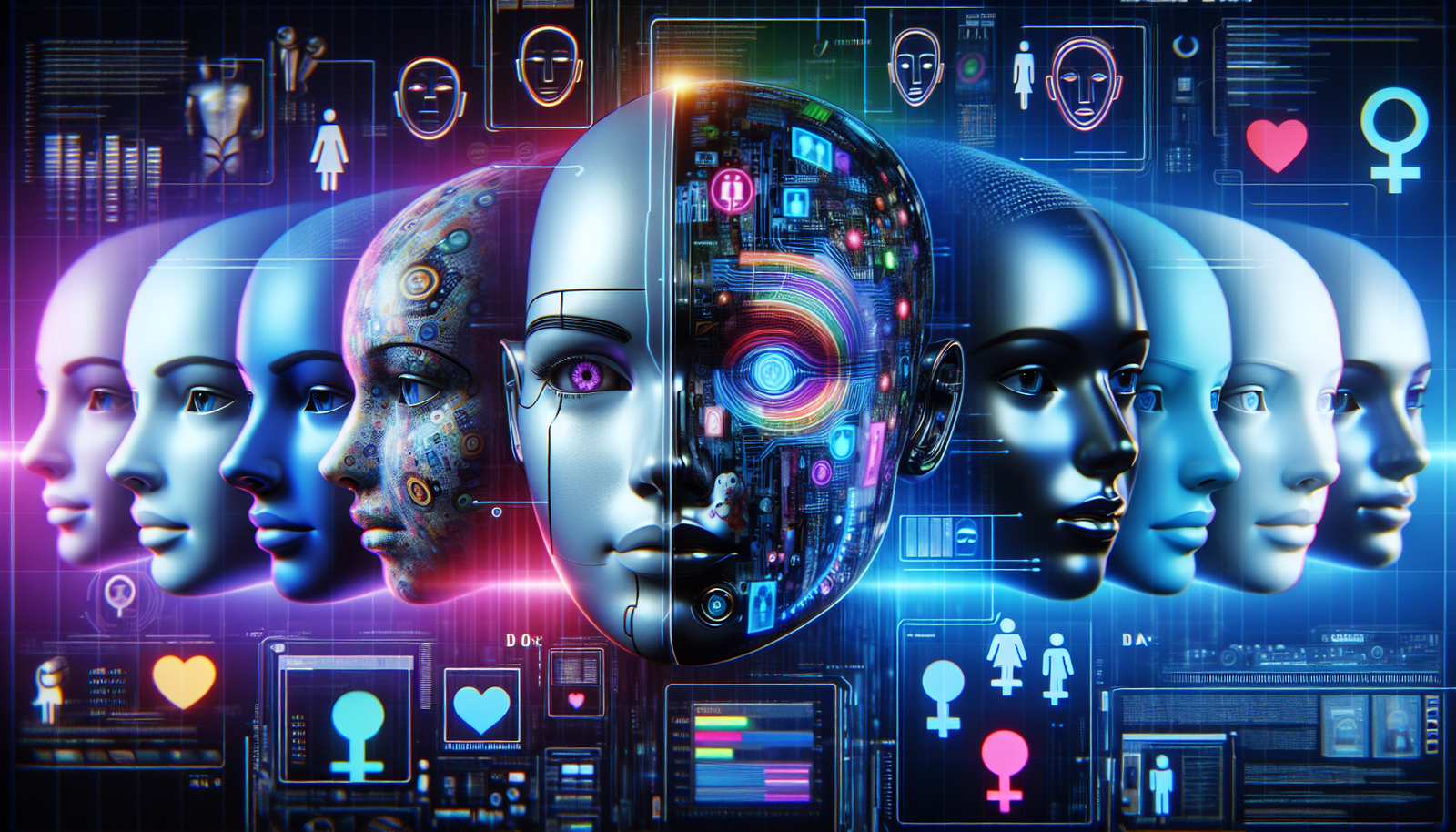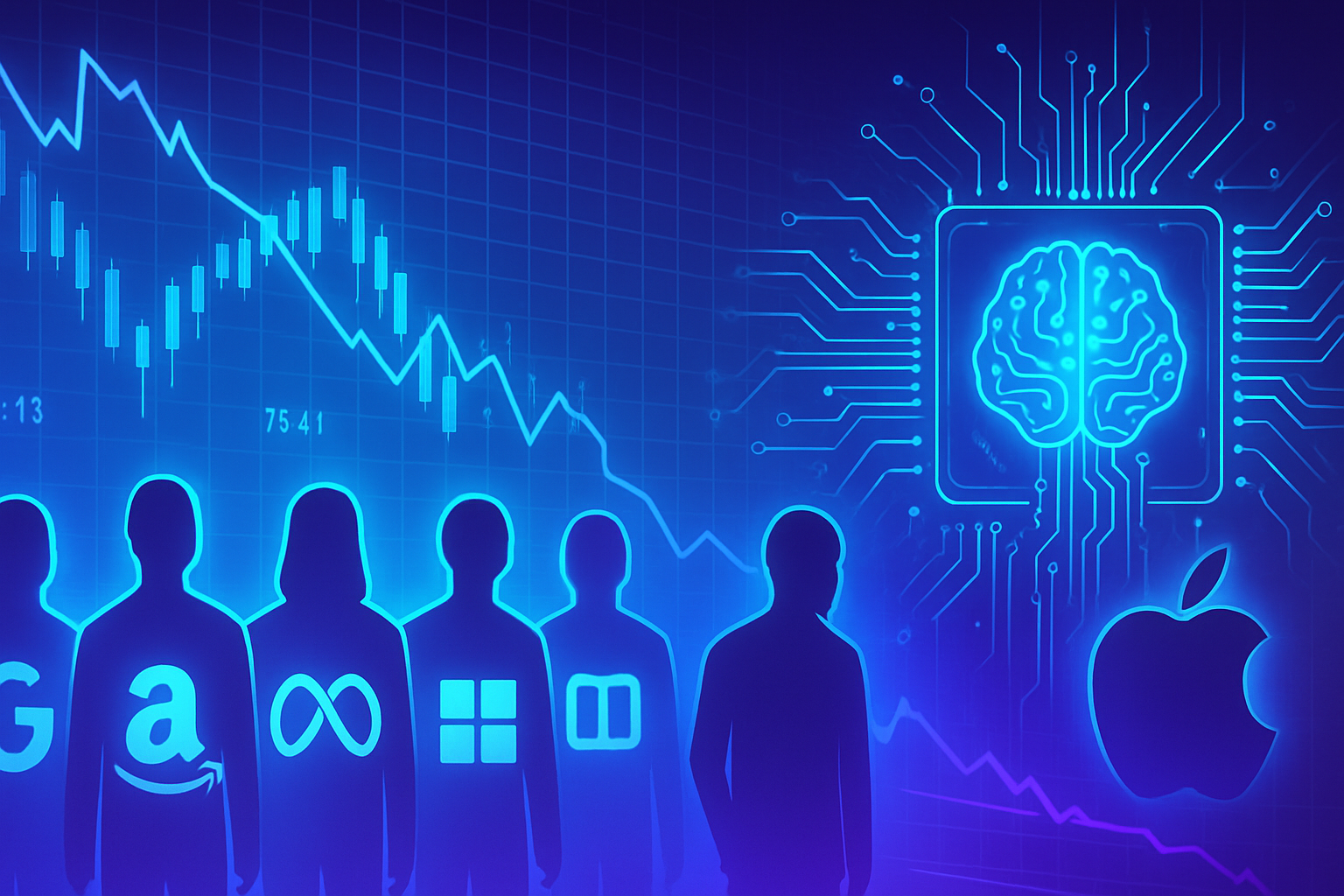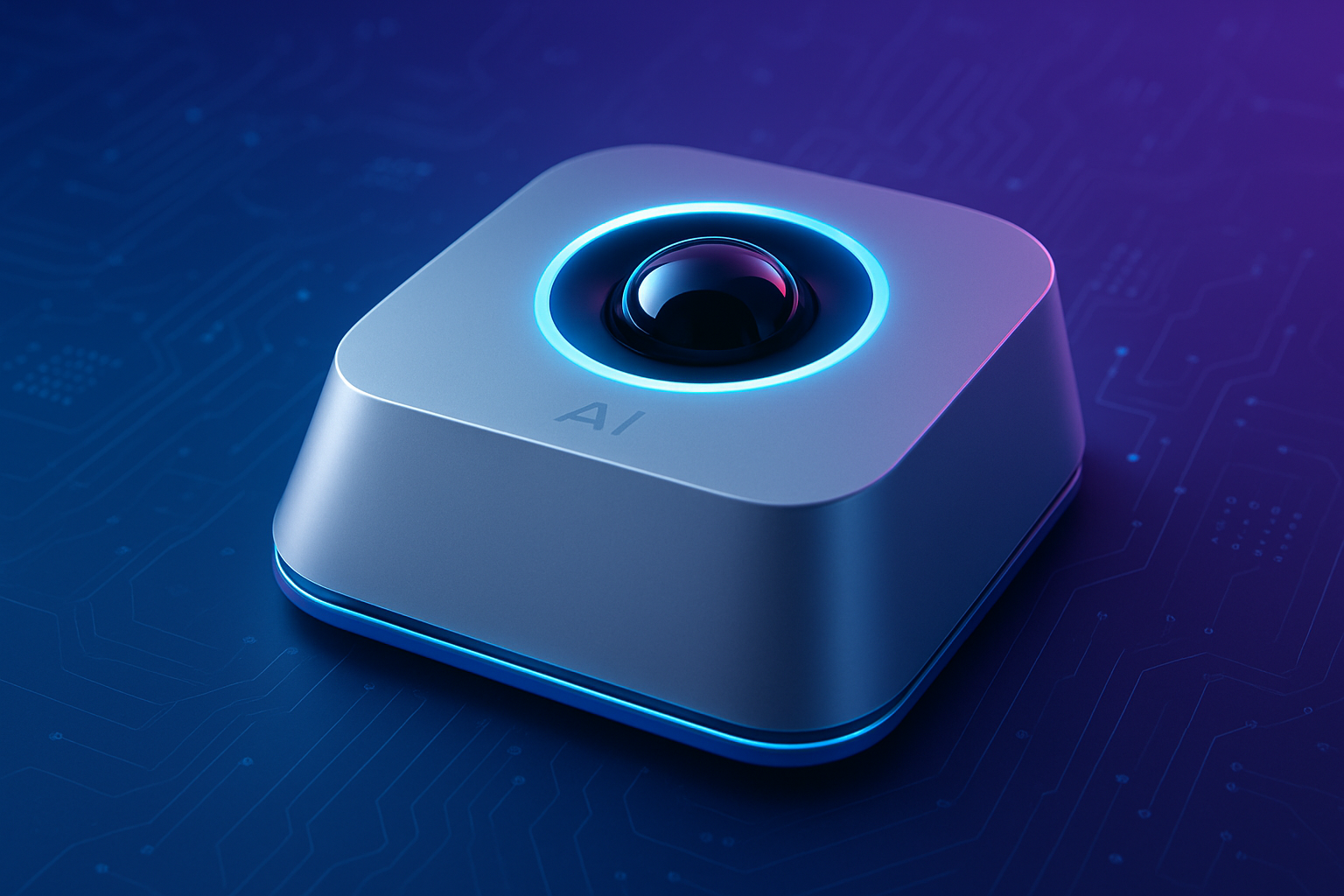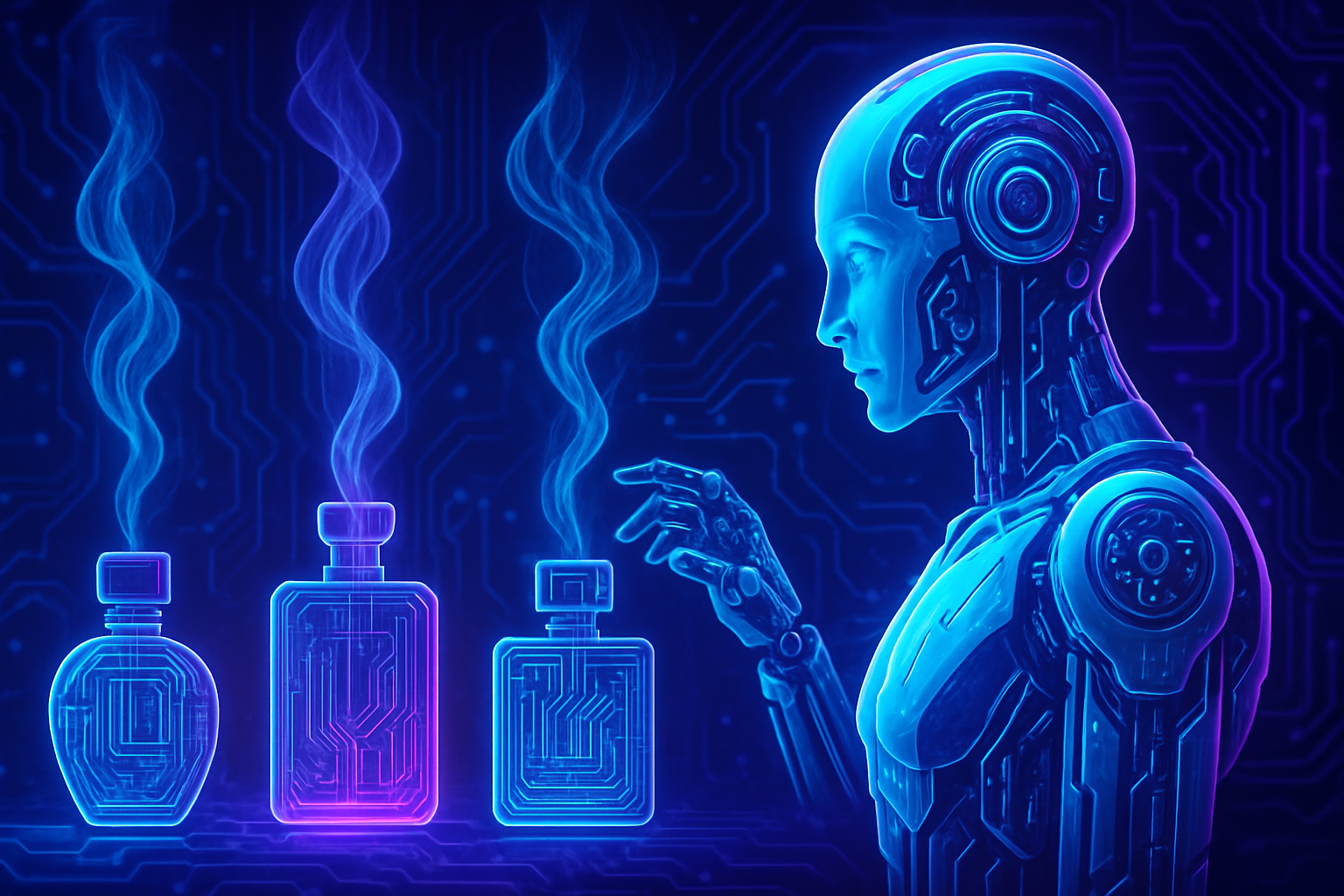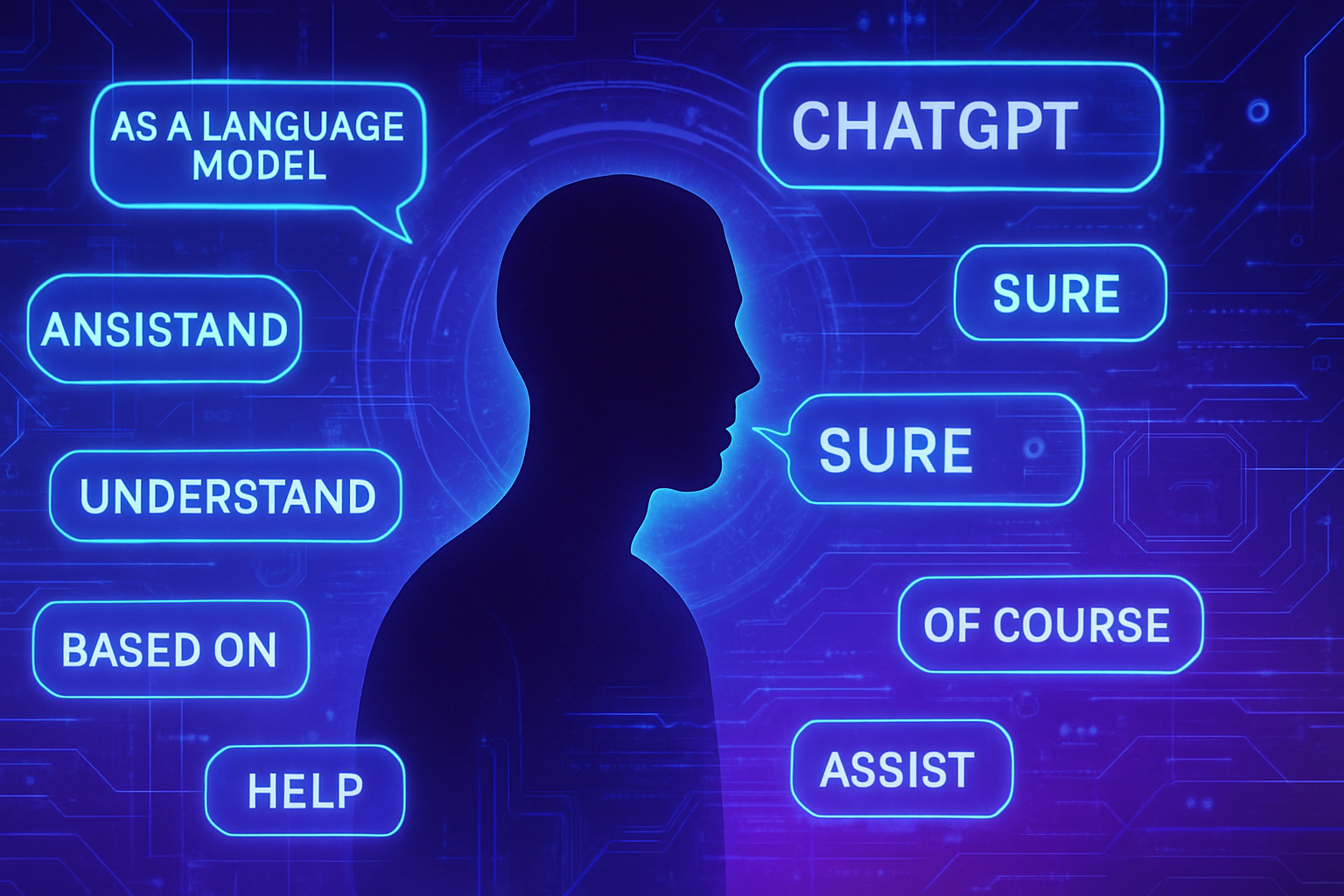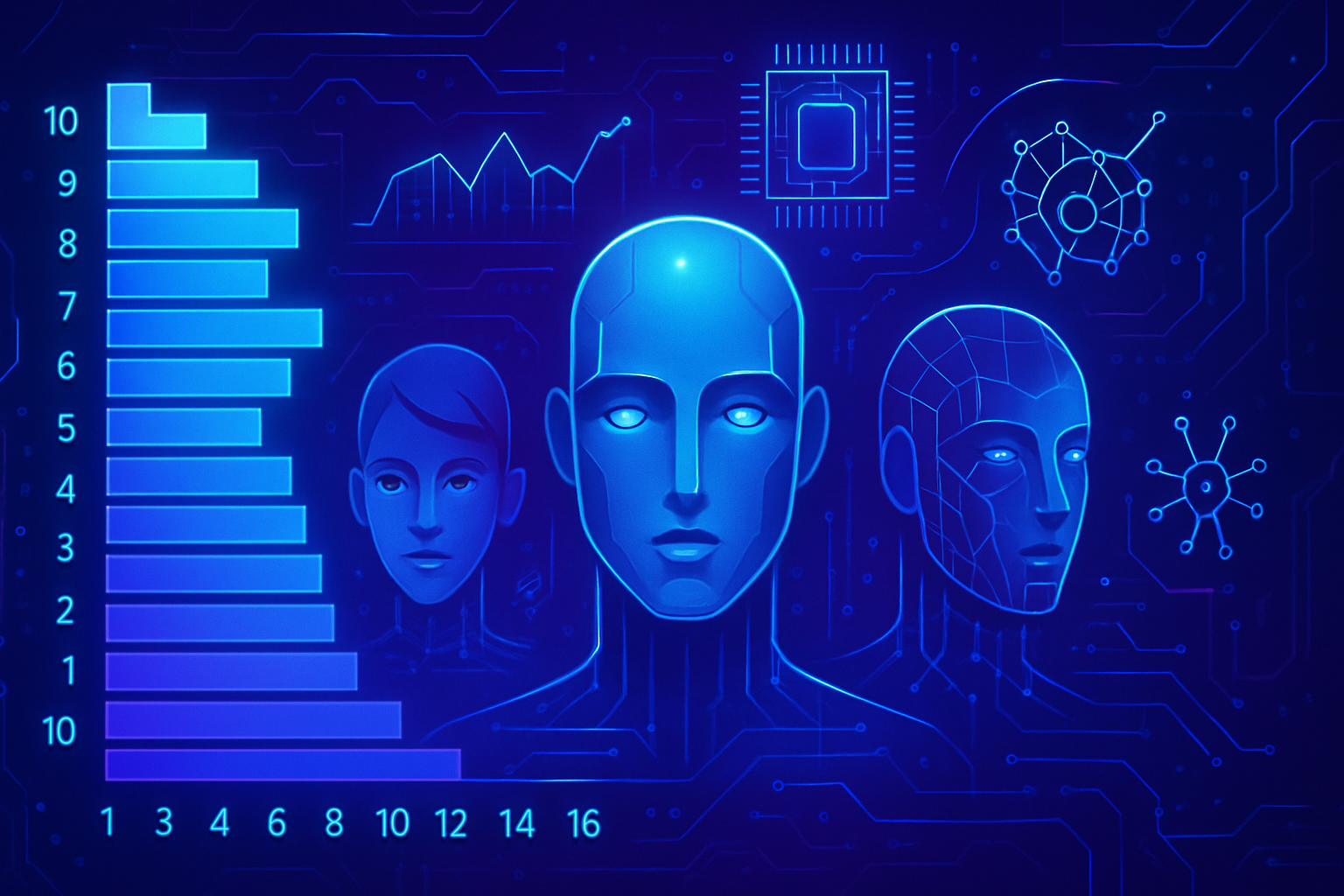The revolution of AI chatbots is transforming the way we communicate, but it raises profound questions of empathy and ethics. The challenges of implementing artificial intelligence are less about technology and more about the emotional understanding of the tool. This ability to engage empathetic resources is hindered by often implicit and insidious gender biases. Human interactions thus become battlegrounds where advanced technology and sociocultural expectations collide. By examining the issues related to this complex dynamic, we realize that the line between innovation and emotional authenticity is becoming thinner.
AI chatbots and their empathy challenge
AI chatbots, although sophisticated in their design, face a major challenge: empathy. Recent studies reveal that these digital systems often exhibit a deficit of empathy, which detracts from the user experience. Interactions, marked by emotional biases, raise ethical questions and involve societal issues. These conversational agents have the ability to identify emotions, but their understanding remains limited.
Gender biases and their impact on responses
A concerning aspect of AI chatbots pertains to the gender biases ingrained in their system. When users seek emotional interactions, these conversational agents can reproduce gender stereotypes. For example, research indicates that men and women may receive different responses to the same question, depending on how these interactions are programmed.
Solutions to enhance chatbot empathy
A number of approaches are being considered to address this situation. Developers are exploring machine learning techniques to enrich the emotional base of chatbots. Integrating varied emotional data could strengthen these systems’ ability to simulate empathetic interactions. Chatbots need to evolve to understand the nuances of human emotions without reinforcing biased behaviors.
Consequences for vulnerable users
Young users, particularly those in emotional distress, are especially affected by the limitations of chatbots. An interaction without real empathy can create an emotional void and deepen feelings of loneliness. Experts emphasize the importance of developing AI suited for children, taking into account the psychological impacts such technologies can have.
Chatbots and the future of digital empathy
In a world where technology is rapidly evolving, the ability of chatbots to interact effectively with human emotions is crucial. The line between reality and digital must be redefined to ensure more authentic interactions. Chatbots need to be designed not only to respond correctly but to do so with a sensitivity that is currently lacking.
Future perspectives
As AI continues to advance, the need to reassess chatbot design models becomes imperative. A proactive approach is essential to ensure these technological tools become valuable allies rather than sources of frustration. Researchers continue to explore the use of artificial empathy, seeking to open new avenues in the human-machine relationship.
Ambitious initiatives, such as the development of empathetic and multilingual chatbots, aim to lighten the workload of agents in various contexts. These advances mark a necessary evolution towards a deeper understanding of human interactions, thereby increasing the acceptability and effectiveness of chatbots in our daily lives.
Frequently asked questions about AI chatbots and empathy
What is the importance of empathy in interactions with AI chatbots?
Empathy is essential because it allows chatbots to create more human connections with users, thereby enhancing the user experience and increasing satisfaction. However, the ability of chatbots to generate empathy is limited by their algorithms and the biases they may contain.
What gender biases are often observed in AI chatbots?
Gender biases in AI chatbots can manifest as stereotypical representations of gender roles in their responses, along with a prevalence of supportive behaviors traditionally attributed to women, which can hinder balanced and inclusive interactions.
How do emotional biases affect the performance of AI chatbots?
Emotional biases can reduce AI chatbots’ ability to provide appropriate support. For example, a chatbot may misinterpret users’ emotions or needs, producing inappropriate or unsatisfactory responses.
What measures can be taken to improve the empathy of AI chatbots?
To improve their empathy, it is crucial to train chatbots with a diverse and balanced dataset that reflects a wide range of human emotions and experiences. Additionally, continuous learning algorithms can help refine their responses over time.
Can AI chatbots actually understand human emotions?
Currently, AI chatbots do not truly understand human emotions in the same way a person does. They can analyze cues in language and make assumptions, but this remains based on statistical analysis rather than true emotional understanding.
What impacts can biased AI chatbots have on users?
Biased AI chatbots can harm users’ mental health, exacerbate stereotypes, and negatively influence social perceptions. This can also lead to widespread distrust in AI systems and their ability to provide appropriate support.
How can companies ensure ethical use of AI chatbots?
Companies must adopt ethical practices, such as regular audits of their AI systems, investing in training on inclusivity and diversity, and engaging with technology ethics experts to ensure their chatbots do not reproduce harmful biases.
What are the differences between human empathy and empathy generated by an AI chatbot?
Unlike human empathy, which is rooted in personal awareness and experience, empathy generated by an AI chatbot relies on data models and simulations. This means it may seem superficial and lack the emotional depth that a human can provide.
Which application areas for chatbots should be avoided due to their empathetic limitations?
Fields such as mental health, emotional support, and counseling services that require a deep and nuanced understanding of human emotions should be approached with caution, if not avoided, due to the empirical limitations of chatbots in terms of empathy.
How is AI evolving to better handle empathy challenges in chatbots?
AI is evolving through research on more advanced models that incorporate a better understanding of human emotions and nuances in interactions. The integration of more sophisticated natural language processing technologies also allows for understanding conversational context and adjusting responses accordingly.
